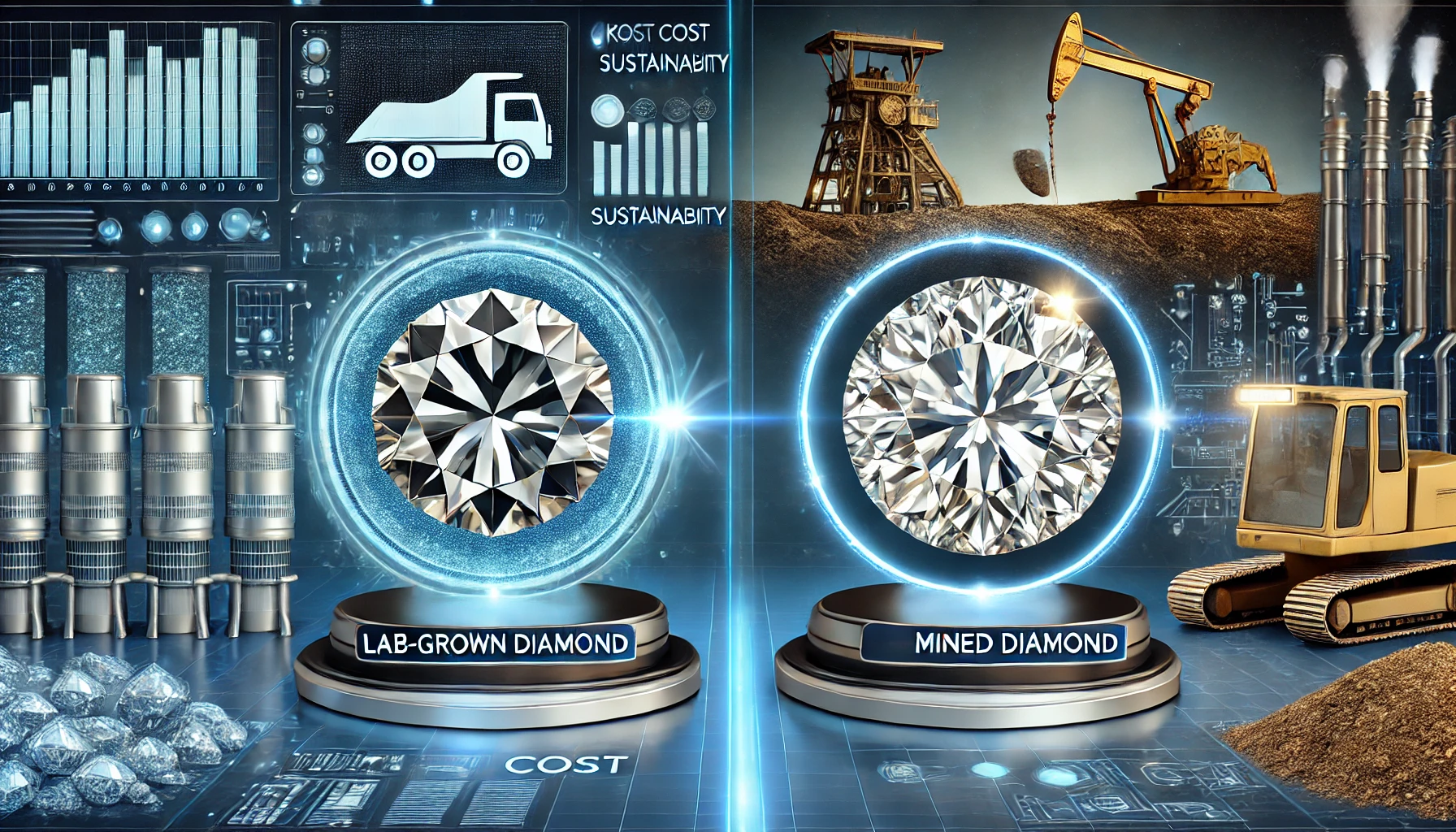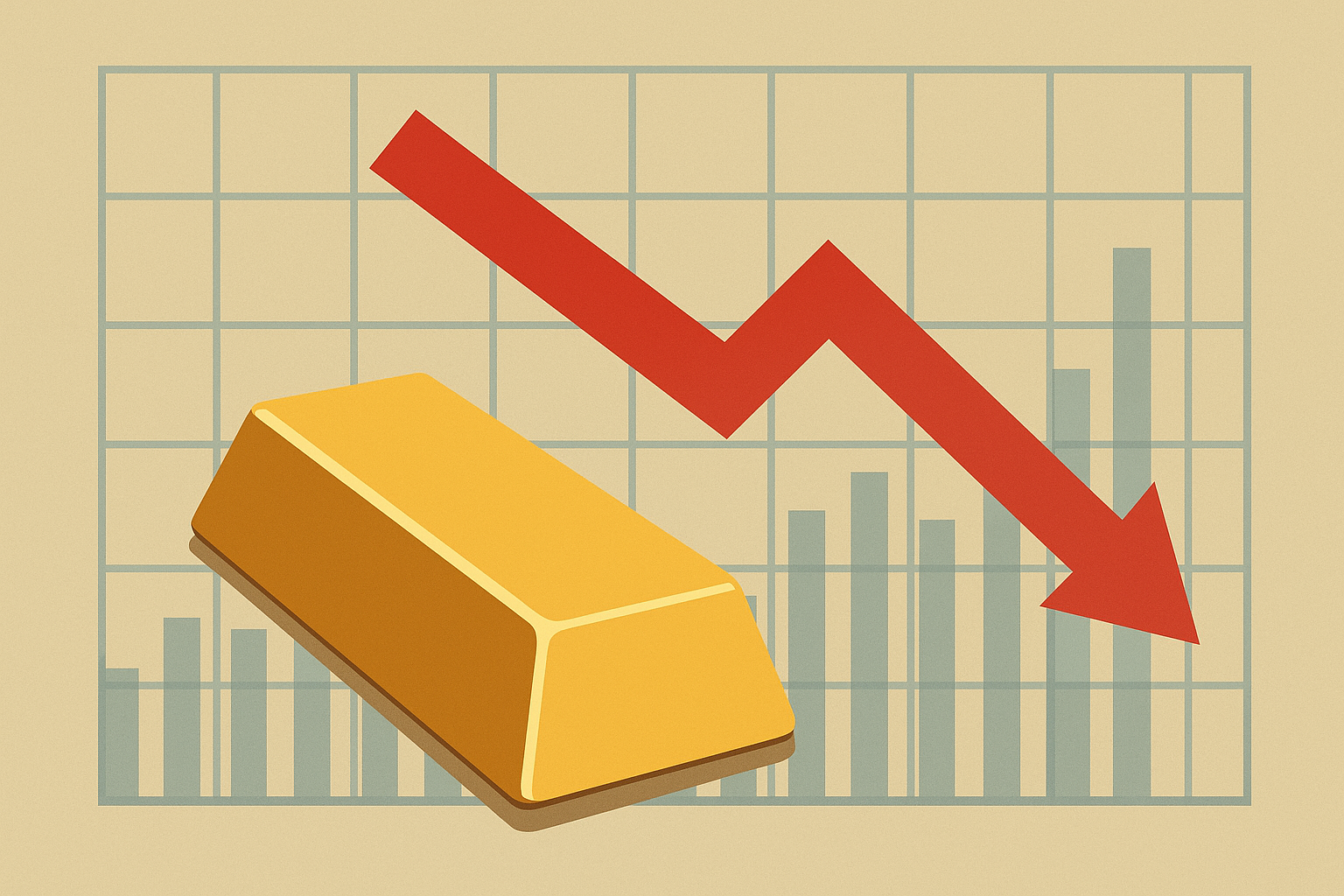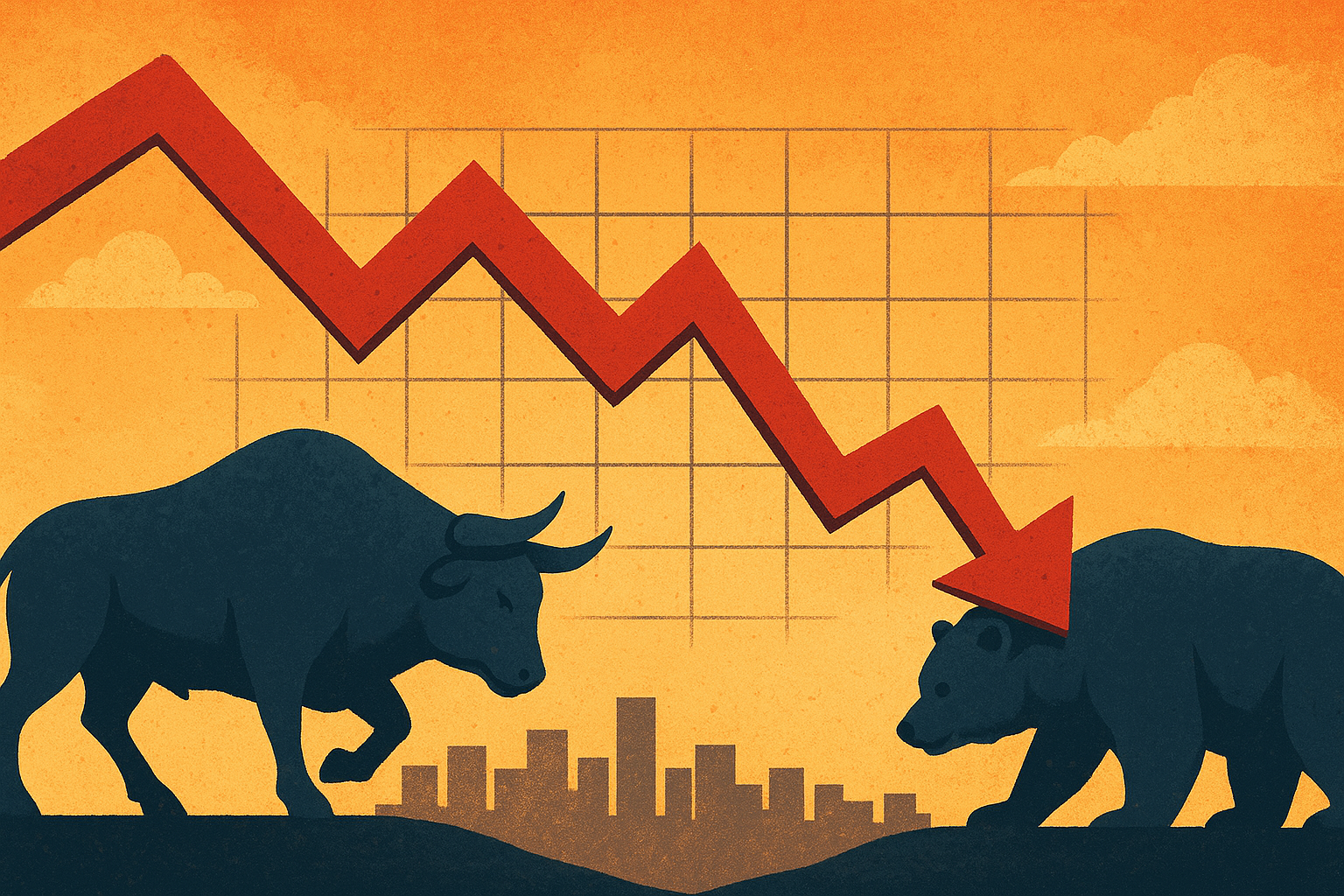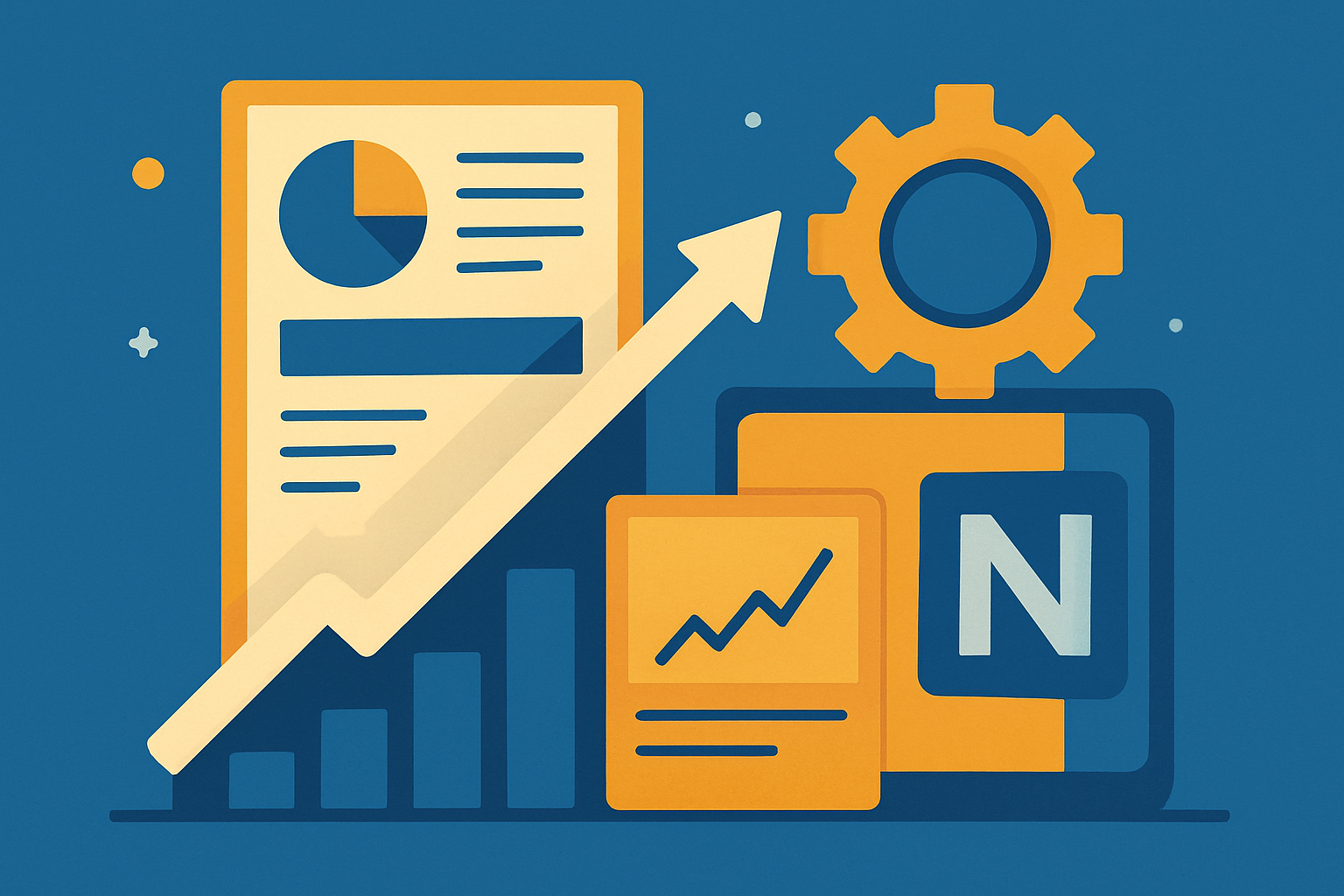Lab-Grown Diamonds Are Reshaping the Luxury Market
Introduction: A Shifting Market in Luxury Goods
The diamond industry is undergoing a fundamental transformation as lab-grown diamonds (LGDs) gain traction. Once viewed as an alternative for budget-conscious buyers, these high-tech gems are now challenging traditional mined diamonds, disrupting the luxury goods sector.
According to a recent report by Forbes, LGDs are taking market share from natural diamonds, influencing both consumer sentiment and investment strategies. As sustainability concerns and pricing advantages drive demand, investors must assess how this shift could impact mining companies, luxury brands, and emerging tech manufacturers.
Key Differences Between Lab-Grown and Mined Diamonds
1. Production Process
- Mined Diamonds: Extracted through large-scale mining operations, often in Africa, Russia, and Canada.
- Lab-Grown Diamonds: Created using high-pressure, high-temperature (HPHT) or chemical vapor deposition (CVD) methods in controlled environments.
2. Cost and Pricing
- Mined Diamonds: Typically command higher prices due to their rarity and traditional value perception.
- Lab-Grown Diamonds: Priced 50-70% lower than natural diamonds, attracting younger and cost-conscious consumers.
3. Sustainability & Ethical Considerations
- Mined Diamonds: Often linked to environmental degradation and ethical concerns (e.g., blood diamonds, worker exploitation).
- Lab-Grown Diamonds: Seen as a sustainable alternative with a lower carbon footprint and transparent sourcing.
Why This Matters for Investors
1. The Growing Market Share of Lab-Grown Diamonds
Lab-grown diamonds are no longer a niche product. The LGD market is expected to grow at a CAGR of 9.4%, reaching $27.6 billion by 2030, according to a report by Research and Markets. Major jewelry retailers, including Signet Jewelers ($SIG) and Pandora ($PANDY), have expanded their LGD offerings to meet rising consumer demand.
2. Impact on Mining Companies
The traditional diamond industry, led by companies like De Beers and Alrosa ($ALRS), faces increasing pressure as LGDs gain credibility. De Beers has responded by launching its own lab-grown brand, Lightbox, at lower price points to compete. Investors should watch how major mining companies adapt to shifting consumer preferences.
3. Investment Opportunities in Lab-Grown Diamond Companies
Several companies are emerging as leaders in LGD production:
- Diamond Foundry – Backed by Leonardo DiCaprio, this U.S.-based company is gaining traction in the high-end LGD market.
- WD Lab Grown Diamonds – A major supplier focused on ethical production.
- Pandora ($PANDY) – Announced a full shift to selling only lab-grown diamonds by 2025.
Future Trends to Watch
1. Luxury Brands Embracing Lab-Grown Diamonds
High-end jewelers, including Cartier and Tiffany & Co., have historically resisted LGDs, emphasizing the exclusivity of mined diamonds. However, as consumer sentiment shifts, luxury brands may be forced to integrate LGDs to maintain market share.
2. Technological Advancements in Diamond Production
New innovations in diamond synthesis could lead to even higher-quality lab-grown stones, further reducing the distinction between natural and synthetic gems. Companies investing in advanced production methods could see substantial growth.
Key Investment Insights
- Lab-grown diamonds are disrupting the traditional diamond market, presenting both risks and opportunities.
- Traditional mining companies must innovate or risk losing market share.
- Investors should explore companies leading in LGD production and adoption.
- The shift in consumer preference toward ethical and sustainable goods is a long-term trend to monitor.
Conclusion: The Future of Diamonds is Changing
Lab-grown diamonds are no longer an afterthought in the jewelry industry; they are a legitimate challenger to mined diamonds. As investors, understanding this transformation is key to navigating opportunities in the luxury goods sector.
For more insights on emerging industries and market trends, stay updated with MoneyNews.Today—your trusted source for financial and investment news.





